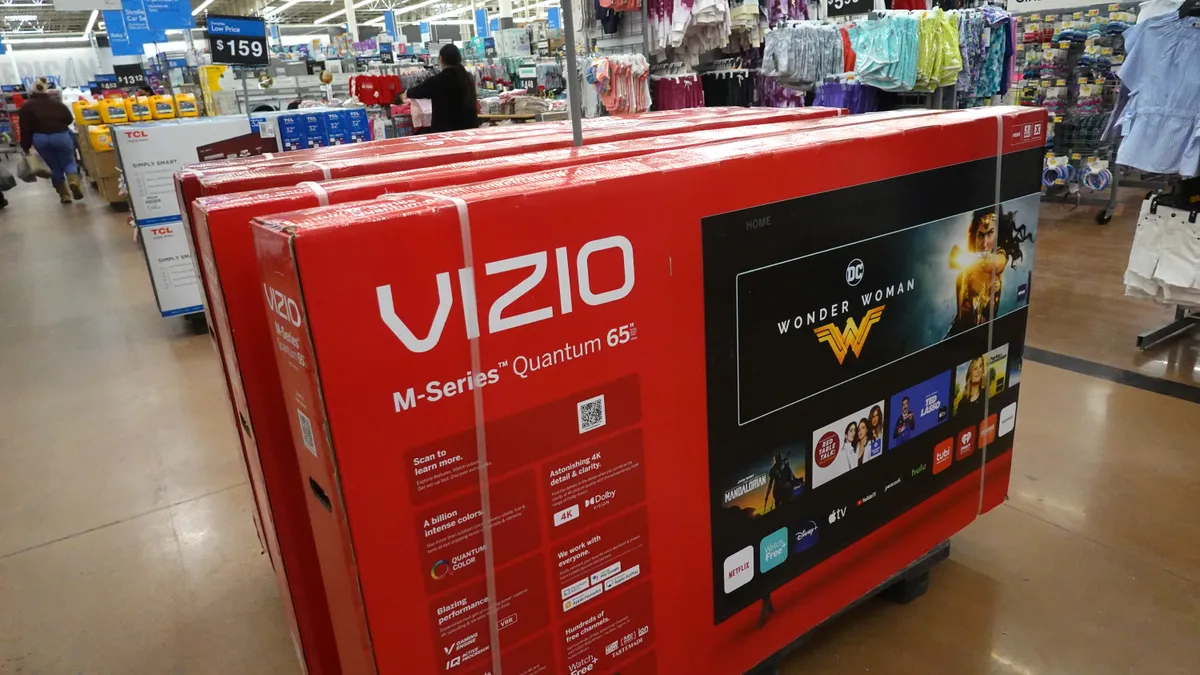Brief:
-
Mobile app marketers were exposed to $700 million-$800 million of fraudulent activity in Q1 2018, a 30% jump from the 2017 average, per a study released today by mobile analytics platform AppsFlyer. The portion of fake installs grew by 15% to affect 11.5% of all marketing-driven installs, the study found.
-
Shopping apps, which have high cost per install (CPI) rates and a huge scale, were targeted with the most fraudulent activity, costing the e-commerce industry $275 million in Q1 2018. Phony activity also negatively affected apps in the gaming ($103 million), finance ($90 million), travel ($65 million) and food & drink ($63 million) categories.
-
Bots, or malicious code that mimics legitimate click, install and in-app activity, have become the most dangerous threat to mobile app marketers. In February, bots replaced device farms as the most popular form of fake app activity and were responsible for more than 30% of fraudulent installs.
Insight:
Fraudulent activity is a growing problem for marketers of mobile apps that collectively spend billions of dollars promoting their apps online. The difficulty that marketers face is the growing sophistication of fraudsters that respond to detection by trying new tactics to perpetrate fake app activity, such as installs, clicks and in-app actions, AppsFlyer found in its study of 6,000 apps and 10 billion installs.
The open Android OS is more vulnerable to attacks than Apple’s proprietary iOS platform, but that doesn’t mean fraudsters are avoiding ways to exploit iPhones and iPads. The most common way to generate fake activity on iOS is “click flooding,” which sends a barrage of false click reports from, or on behalf of real devices, per AppsFlyer.
AppsFlyer recommends that mobile app marketers protect themselves in several ways, including keeping their software development kits (SDKs) updated with the latest security features or patches. Marketers also need to pay attention to data anomalies, such as large discrepancies in information from any reporting platform they use and from app stores, or significant changes in conversion rates.







